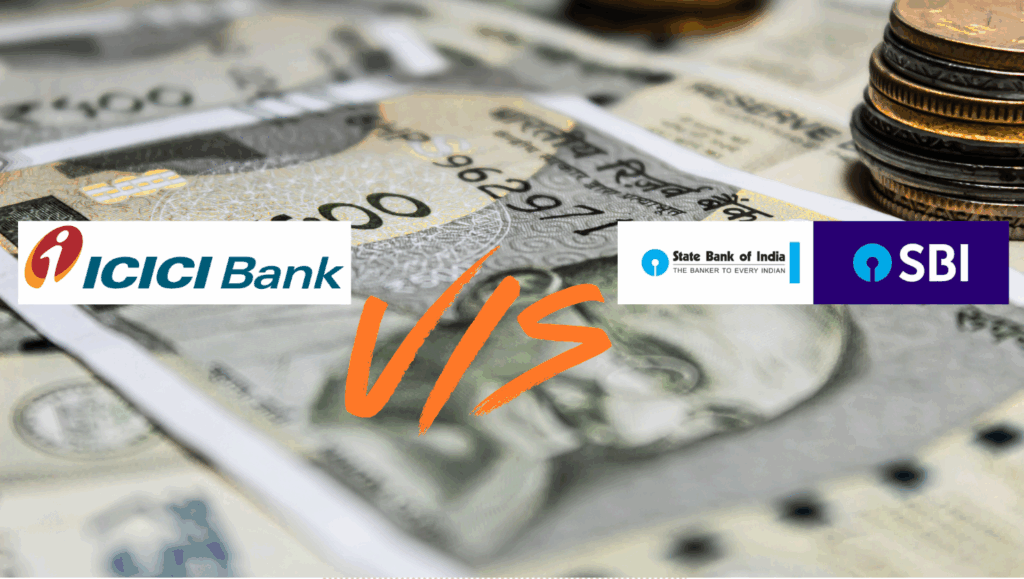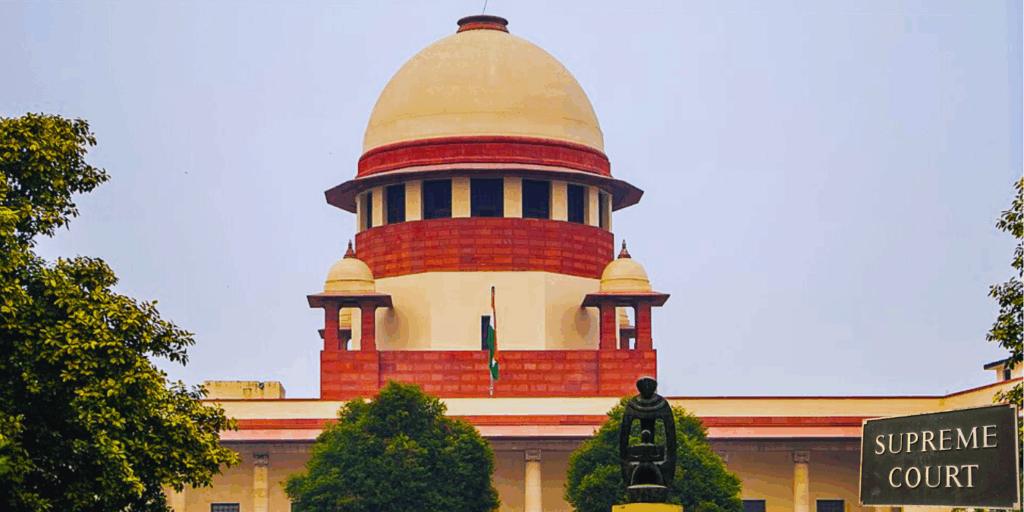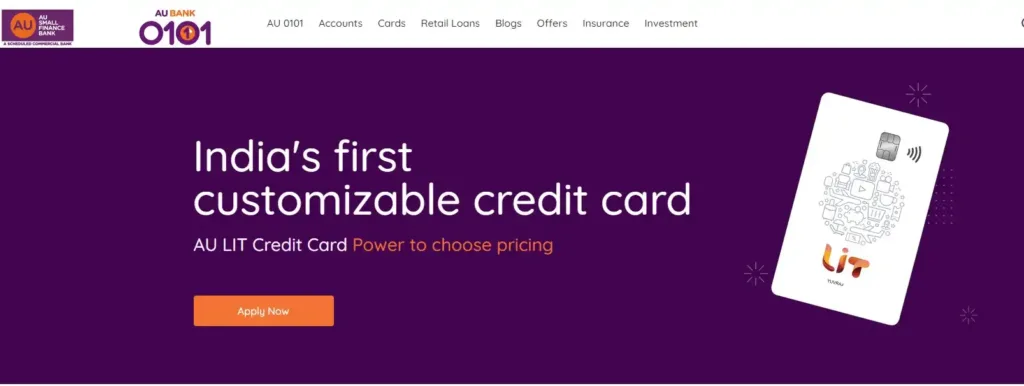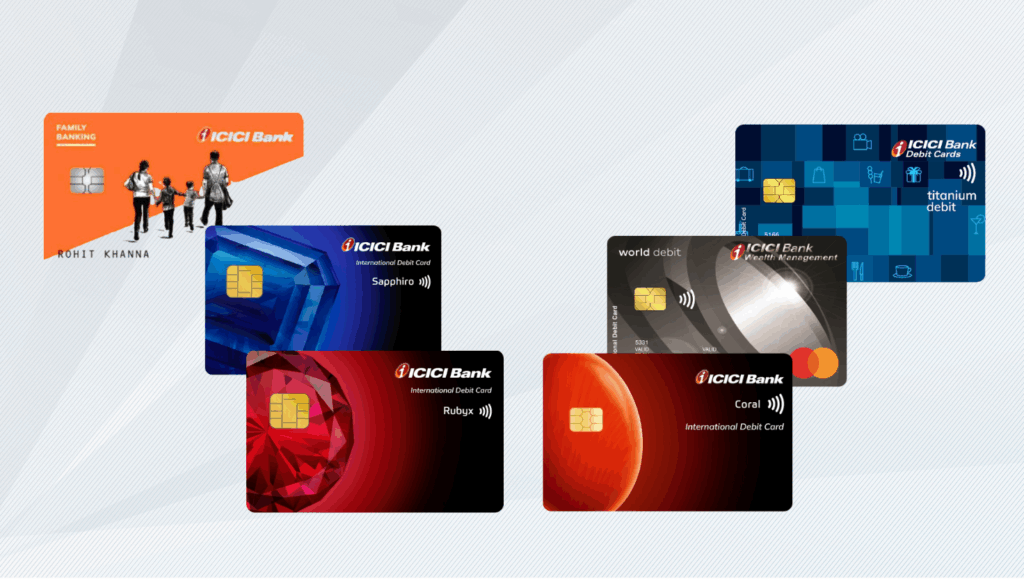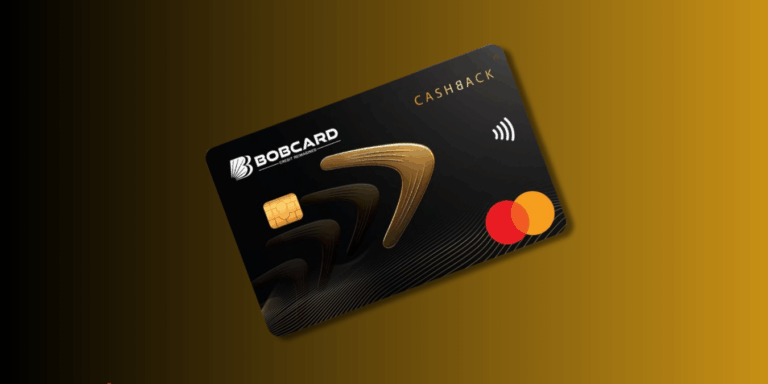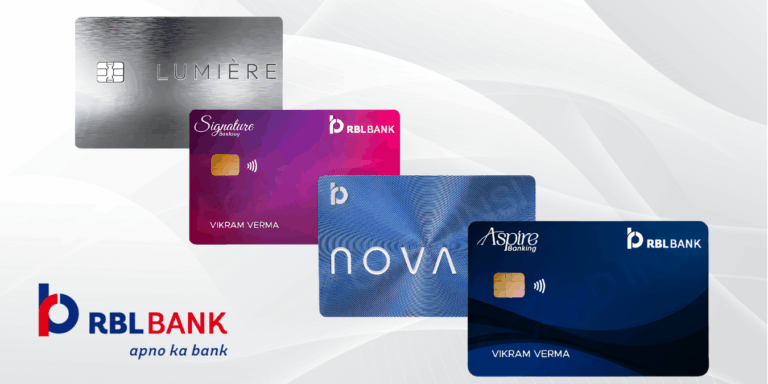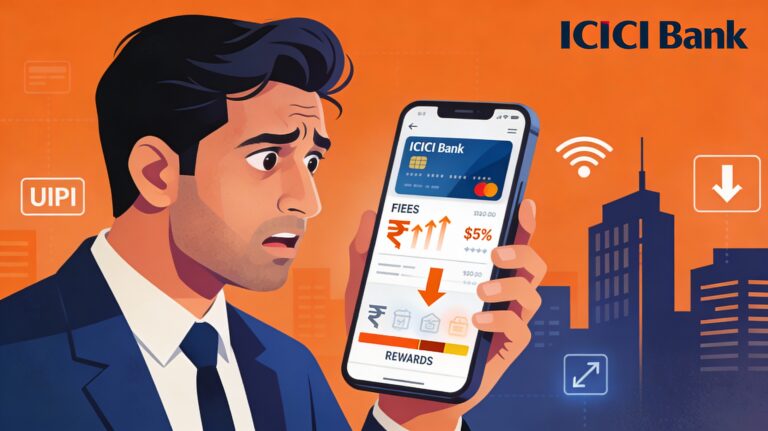
PNB’s credit card relaunch is set to disrupt India’s 10.9 crore card market with AI-driven innovation and a revamped IT backbone. Targeting women, Gen Z, and rural users, PNB’s PNB One app promises instant approvals and personalized rewards. With ₹1.85 lakh crore in card spends in 2025, can PNB outpace SBI Card and private banks like HDFC?
Punjab National Bank (PNB) is poised to lead the charge. In November 2025, PNB will relaunch its credit card business, armed with a cutting-edge IT overhaul, AI-driven innovation, and a bold strategy to capture untapped markets. This isn’t just a rebrand—it’s a transformative leap aimed at reshaping India’s fiercely competitive payment ecosystem. With digital payments soaring and credit card adoption projected to hit 20 crore by FY28-29, PNB’s move could redefine how Indians engage with credit. Buckle up as we unravel this game-changing initiative, packed with suspense, innovation, and a vision for financial inclusion that could spark a revolution.
The Winds of Change: Why November 2025 Is a Game-Changer
PNB, one of India’s oldest and most trusted public sector banks, has long been a cornerstone of the nation’s financial fabric, serving over 180 million customers. Yet, its credit card business has struggled with low visibility and market share, overshadowed by private giants like HDFC Bank and ICICI Bank, and even its public sector peer, SBI Card. As of February 2025, PNB holds just over 5 lakh active credit cards—a fraction of the 10.9 crore cards in circulation. But November 2025 marks a pivotal reset.
Partnering with Infosys, PNB has rebuilt its IT infrastructure from the ground up, focusing on speed, scalability, and customer-centricity. This isn’t a minor upgrade but a complete transformation designed to rival the agility of private banks. “Our credit card features already match the best in the market,” says PNB’s MD, Ashok Chandra. “Now, we’re ensuring the world knows it—and experiences it.” This relaunch isn’t just about catching up; it’s about setting a new standard for digital banking in India. Will PNB’s bold pivot disrupt the status quo? The stage is set for a dramatic showdown.
Strategic Revamp: The Power of a Digital-First Approach
At the heart of PNB’s relaunch is a digital overhaul that promises to redefine the customer experience. The new PNB One app, launching in September 2025 with a full rollout by November, is a cornerstone of this strategy. Built with AI-driven tools and a sleek, user-friendly interface, it aims to make credit card onboarding, usage, and management effortless. From instant approvals to real-time rewards tracking, PNB is betting big on digital fluency to win over India’s tech-savvy youth and underserved segments.
The revamped infrastructure integrates advanced data analytics, cloud computing, and AI models to streamline processes and enhance personalization. “Digitally, the bank is doing a lot of activities… everything must improve the process and enhance the customer experience,” Chandra emphasizes. With India’s fintech market projected to reach ₹7,23,187 crore by 2025, PNB’s timing couldn’t be better. The suspense lies in whether this digital leap will propel PNB into the league of India’s credit card giants or if challenges like customer adoption and competition will temper its ambitions.
Revolutionizing Approval Speed and Activation
PNB’s revamped IT infrastructure, developed in collaboration with Infosys, is engineered to make credit card approvals and activations lightning-fast. By leveraging AI and a robust digital backend, PNB is slashing the time from application to active card use, bringing it on par with private-sector leaders. Here’s how:
- AI-Powered Approvals: Advanced AI algorithms will validate applicant data, assess creditworthiness, and make decisions in minutes. By automating KYC and risk profiling, PNB expects to cut approval times from days to hours, if not minutes, for most applicants.
- Seamless Digital Onboarding: The new PNB One app and enhanced online banking portal allow customers to apply for cards directly, upload documents digitally, and track application status in real time. This eliminates manual paperwork and branch visits, a major pain point for customers.
- Near-Instant Activation: Once approved, cardholders can activate their cards almost immediately via biometric logins or digital KYC verification. Integration with UPI and mobile wallets further simplifies the process, enabling instant usability for online and offline transactions.
This streamlined approach mirrors the efficiency of private banks like HDFC and ICICI, which issued 3 lakh and 1.8 lakh new cards, respectively, in January 2025 alone. PNB’s goal is to match this speed while maintaining robust security and compliance. The question remains: can PNB deliver this promise flawlessly, or will technical hiccups derail its digital dreams?
Who Pays the Price? The Real Impact of 145% Tariffs on Consumers
Income Tax Rules 2025: Will Your Next UPI Payment Trigger an Income Tax Notice?
Union Bank of India Fixed Deposit Rates 2025: High Returns Up to 7.60% p.a. Start Saving Smart!
Why Indian Banks Are Hesitant to Fund US-Bound Students: Challenges and Solutions
AI-Driven Features in PNB One: Boosting Usage and Retention
The relaunched PNB One app is more than a banking tool—it’s a financial companion tailored to modern Indian consumers. Packed with AI-driven features, it’s designed to drive credit card usage and foster long-term loyalty. Key enhancements include:
- Personalized Recommendations: AI analyzes spending patterns to offer tailored rewards, cashback deals, and spending tips. For example, a frequent traveler might receive offers for airport lounge access, while a Gen Z shopper gets discounts on e-commerce platforms like Zomato or Blinkit.
- Intelligent Chatbots: 24/7 virtual assistants powered by natural language processing resolve queries, guide transactions, and provide real-time support, reducing friction and boosting engagement.
- Spending Insights and Alerts: Real-time analytics help users track credit utilization, monitor rewards, and receive alerts on due payments or unusual activity, empowering smarter financial decisions.
- Fraud Detection and Security: Advanced AI models detect suspicious transactions instantly, ensuring secure card usage and building customer trust.
These features align with India’s digital transformation wave, where mobile banking apps are becoming the primary touchpoint for financial services. With 80% of credit card spends in January 2025 driven by e-commerce and bill payments, PNB’s app is poised to capitalize on this trend. But will its AI-driven approach resonate with India’s diverse consumer base, from urban millennials to rural first-time cardholders?
Targeting the Untapped: India’s Emerging Card Users
India’s credit card market, while growing at a 15% CAGR, remains underpenetrated, with only 5-6% of the population above 15 holding a card. PNB sees opportunity in this gap, targeting underserved segments like rural customers, women, Gen Z, defence personnel, and micro-entrepreneurs. Its strategy includes:
- Segment-Specific Cards: PNB is launching tailored cards, such as women-centric cards with lifestyle rewards, youth-focused cards with gaming and streaming perks, and cards for defence personnel with travel and insurance benefits.
- Data-Driven Outreach: Using analytics, PNB will identify and target high-potential customers in tier 2-3 cities and rural areas, where digital payments are surging but credit card adoption lags.
- Partnerships for Reach: Collaborations with fintechs, e-commerce platforms, and local businesses will expand PNB’s footprint. For instance, its existing Zomato and Blinkit rewards signal a broader push for co-branded offerings.
This focus on niche segments could give PNB an edge in a market dominated by private banks, which hold over 70% of the credit card share. With India’s digital payments ecosystem—bolstered by UPI and fintechs—projected to grow 16% annually, PNB’s inclusive approach could unlock new growth avenues. Yet, the challenge lies in convincing conservative rural customers and risk-averse segments to embrace credit.
Business Ambition: From Systemic Resets to Market Supremacy
PNB’s credit card relaunch is part of a broader strategy to boost retail banking, agriculture, and MSME revenues while maintaining tight control over non-performing assets (NPAs). In FY25, PNB reported a record net profit of ₹16,630 crore, a 102% YoY jump, driven by strong deposit mobilization and improved asset quality (net NPA at 0.47%). The credit card business is expected to play a starring role in this growth, contributing to fee income, cross-selling opportunities, and brand loyalty.
By targeting a disproportionate share of India’s 10.9 crore credit card market, PNB aims to challenge SBI Card’s 18.9% share and private banks like HDFC (22%) and ICICI (14%). The bank’s leadership envisions its cards as a gateway to deeper customer relationships, driving uptake of loans, insurance, and investment products. But with competitors like SBI Card adding 2.4 lakh cards in January 2025 alone, can PNB’s ambition translate into market dominance?
What’s Next for Cardholders? A Flurry of Innovative Offerings
PNB’s relaunch isn’t just about technology—it’s about reimagining the credit card experience. Industry insiders expect a wave of new products, including:
- Premium Travel Cards: Cards with global perks like lounge access, travel insurance, and multi-currency functionality, building on PNB’s Multi Currency World Travel Card.
- Co-Branded Alliances: Partnerships with e-commerce giants (e.g., Amazon, Flipkart), travel platforms (e.g., Yatra), and lifestyle brands to offer exclusive rewards.
- Eco-Friendly Options: Green cards supporting sustainable initiatives, aligning with India’s growing ESG focus, as seen in ICICI Bank’s 21.4% green financing portfolio in 2023.
These offerings aim to appeal to both premium and mass-market customers, blending convenience with aspirational benefits. With credit card spends reaching ₹1.85 lakh crore in January 2025, PNB’s innovative products could capture a significant slice of this pie. The suspense lies in whether these cards will deliver enough value to sway customers from established players.
Shaking Up the Competition: Impact on SBI Card and Private Banks
PNB’s aggressive push threatens to disrupt India’s credit card hierarchy. Here’s how it could affect key rivals:
- SBI Card: As India’s second-largest card issuer with 2 crore active cards, SBI Card faces pressure from PNB’s digital-first strategy and focus on tier 2-3 cities. PNB’s AI-driven personalization and faster approvals could erode SBI Card’s 18.9% market share, forcing it to enhance its offerings or risk losing customers.
- Private Banks: HDFC Bank and ICICI Bank, with 22% and 14% market shares, dominate through premium cards and co-branded partnerships. PNB’s focus on underserved segments and competitive rewards could challenge their growth, especially in rural and semi-urban markets. Private banks may respond with aggressive marketing or enhanced loyalty programs.
- Innovation Race: PNB’s AI-powered app and digital infrastructure set a new benchmark, pushing rivals to accelerate their tech upgrades. This could lead to a broader industry shift toward hyper-personalization and seamless digital experiences, benefiting consumers but squeezing margins.
PNB’s niche focus on women, youth, and micro-entrepreneurs could carve out unique growth pockets, compelling competitors to diversify their strategies. With credit card penetration still low at 7.84 cards per 100 people, the market is ripe for disruption—but only if PNB executes flawlessly.
Stunning Suggestions for PNB’s Success
To ensure its relaunch goes viral, PNB should consider these bold moves:
- Gamified Rewards: Introduce a gamified rewards system in the PNB One app, where users earn points for transactions, referrals, or financial literacy quizzes, appealing to Gen Z’s love for engagement.
- Influencer Partnerships: Collaborate with regional influencers and micro-influencers in tier 2-3 cities to promote PNB’s cards, building trust among rural and semi-urban audiences.
- Zero-Fee Entry-Level Cards: Launch no-annual-fee cards for first-time users, especially in underserved segments, to lower entry barriers and drive adoption.
- Sustainability Push: Align with India’s ESG trends by offering cards that donate a percentage of spends to renewable energy or women’s empowerment initiatives, resonating with socially conscious consumers.
These strategies could amplify PNB’s visibility and emotional resonance, making its cards a must-have for millions.
Final Verdict: A New Dawn for PNB and India’s Card Revolution
As November 2025 approaches, PNB’s credit card relaunch is poised to be a defining moment in India’s financial landscape. With a revamped IT backbone, AI-driven innovation, and a laser focus on underserved segments, PNB is not just catching up—it’s aiming to lead. The stakes are high, and the suspense is palpable: can a public sector giant outmaneuver private banks and fintechs in a digital-first world? For Indian consumers, this promises empowerment, choice, and a new era of inclusive banking. If PNB delivers on its vision, it could rewrite the rules of India’s credit card revolution, proving that legacy and innovation can indeed unite. The countdown to November has begun—will PNB seize this moment to shine?
Disclaimer: The use of any third-party business logos in this content is for informational purposes only and does not imply endorsement or affiliation. All logos are the property of their respective owners, and their use complies with fair use guidelines. For official information, refer to the respective company’s website.








